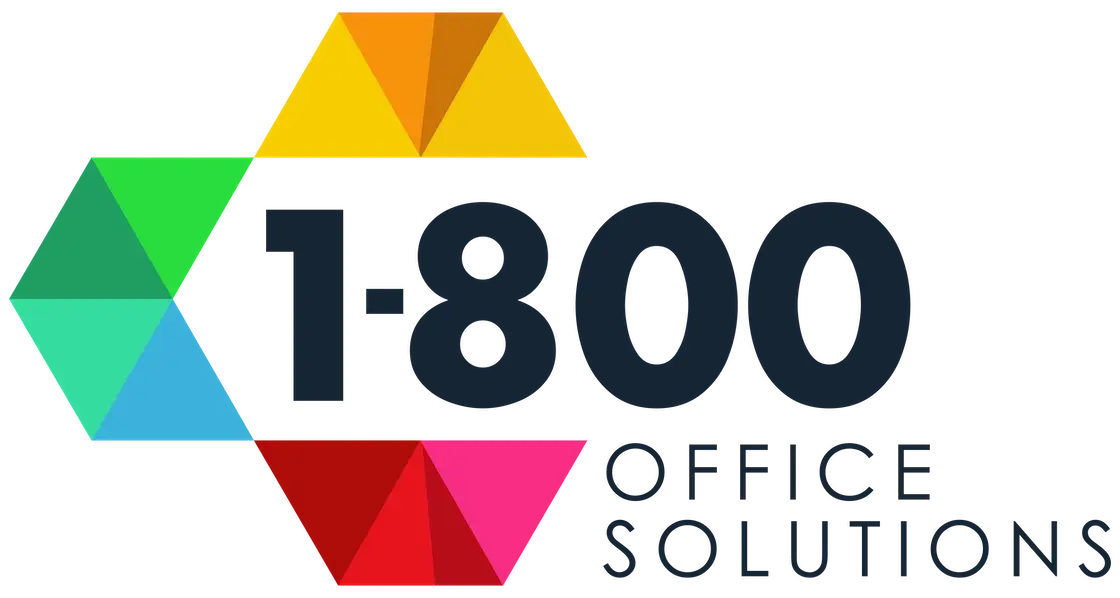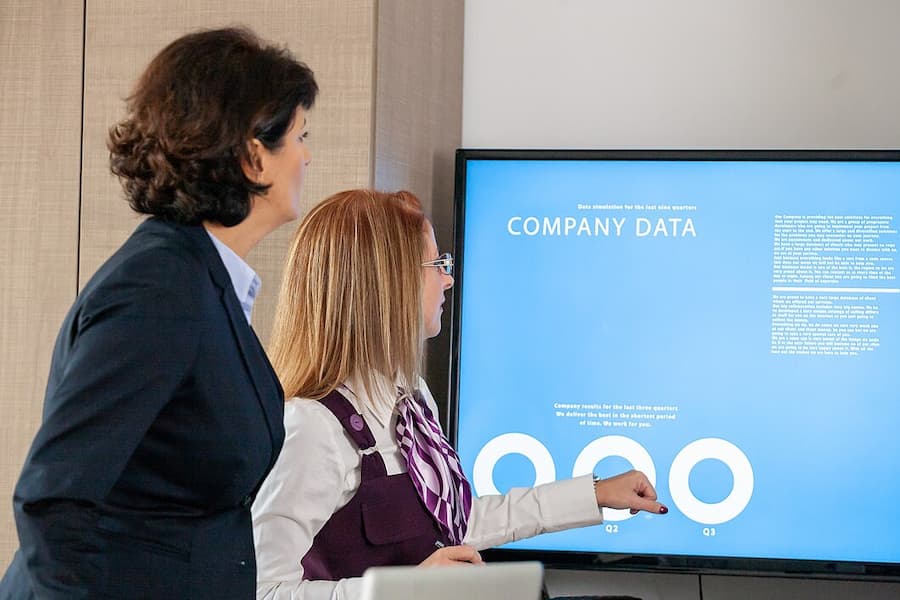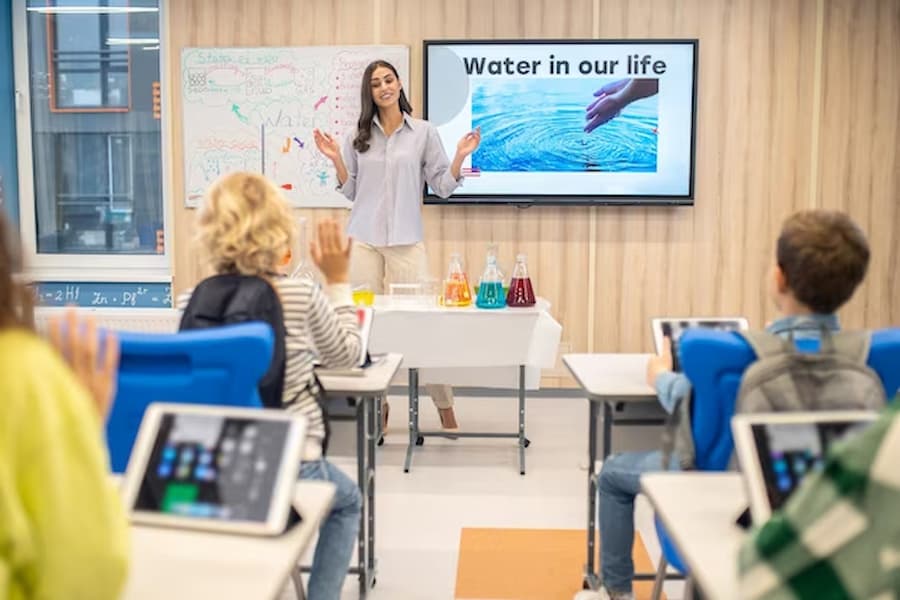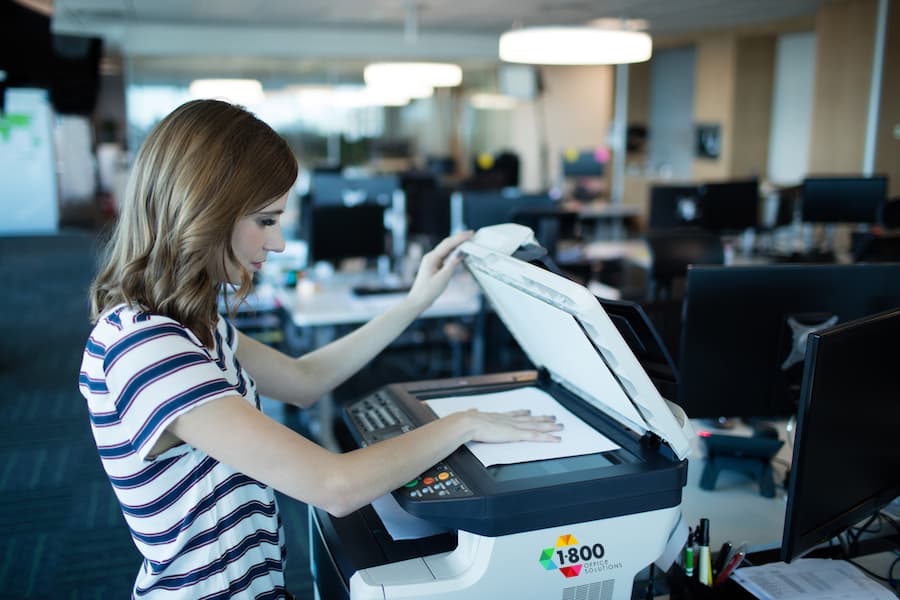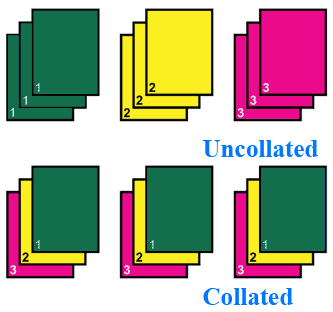The Ultimate Guide: Use of Interactive Whiteboards in the Classroom
Use of Interactive Whiteboards in the Classroom
Deep within the realm of educational technology, the use of interactive whiteboards in the classroom emerges as a beacon of innovation. The shift from traditional chalk and dry erase boards to this digital marvel is a testament to the evolution of pedagogical tools. With their interactive features, these whiteboards present a new paradigm, redefining teaching and learning processes.
The dynamic interplay of digital ink, touch detection, and multimedia content creates a vibrant learning environment, where complex ideas are simplified and visualized, eliciting awe and curiosity in the minds of learners.
Major adopters of this technology, school systems and higher education institutions, are riding the wave of this digital revolution, reaping its abundant benefits. In the hands of skilled educators, these interactive whiteboards become powerful tools, enhancing the quality of instruction and enriching the learning experiences of students.
This is a path into the future of education, charting a course filled with innovative teaching techniques and enriched learning experiences. The capacity of interactive whiteboards to transform classrooms into dynamic learning spaces is truly fascinating.
What Is an Interactive Whiteboard?
Stepping into the world of advanced education technology, one encounters the impressive digital whiteboard – a tool that allows teachers to bring lessons to life. Like a breath of fresh air, this device transforms the traditional chalkboard into a dynamic learning platform. The smart board, a type of interactive display, is more than just a projector; it is a tool for teachers, offering an extensive range of functions.
Firstly, the interactive whiteboard in the teaching space allows for a range of learning styles. Whether it’s a math problem, a PowerPoint presentation, or an educational game, these devices cater to visual, auditory, and kinesthetic learners. Teachers can use the board to present information in a variety of formats, keeping students engaged and enthusiastic.
Interactive whiteboards like the smart board and the electronic whiteboard also allow teachers to connect to the internet, providing access to a vast array of online resources. Teachers and students can use this tool to collaborate on lesson plans, enhancing their engagement and understanding of the subject matter.
By replacing the traditional whiteboard with an interactive one, teachers and students can interact in real-time, using the interactive board or stylus to manipulate data. This interactive whiteboard allows for real-time feedback, transforming the teaching space into an active learning zone.
Capture Great Ideas
Transcending the realm of traditional whiteboards, the dawn of interactive smart whiteboards has revolutionized education. The benefits of interactive whiteboards, however, extend far beyond the classroom. The ability to capture and share ideas digitally has been a gamechanger for both students and teachers.
Interactive whiteboards allow for a dynamic learning experience, where students can learn in a more engaging and effective way. Unlike traditional whiteboards, these educational tools make it possible to incorporate multimedia elements such as videos, animations, and audio clips into classroom lessons.
The main benefits of interactive whiteboards lie in their versatility. Teachers can use an interactive whiteboard to present information, guide discussions, or facilitate group projects. They can also use online resources, PowerPoint presentations, and educational games to enrich the learning experience.
In addition to being an invaluable classroom tool, interactive whiteboards are an excellent resource for students to use at home. The notes taken on the board during class can be saved and shared digitally, allowing students to revisit the material at their own pace. This feature also supports green initiatives by reducing paper usage.
Interactive whiteboards integrate seamlessly into the modern learning environment, offering a range of features designed to enhance student engagement and improve learning outcomes. Their ease of use, flexibility, and adaptability make them an essential tool in the classroom.
Create Multimedia Presentations
Emerging from the realm of capturing great ideas, one must delve deeper into the myriad possibilities of using technology to enhance learning. The transformative potential of incorporating an interactive digital whiteboard in the learning space is, indeed, worth exploring.
Imagine the scenario where whiteboards also serve as a portal to a plethora of multimedia content, thus stimulating multiple senses and enhancing the grasp on complex concepts. The use of interactive whiteboards in the primary setting not only fosters a sense of active participation but also nurtures creativity.
Writing on the board becomes a dynamic activity with the integration of multimedia presentations. This form of interaction enables pupils to better understand and absorb information. In fact, many educators attest to the 7 benefits of this strategy, which include improved engagement, flexibility, collaboration, and even effective learning.
Interactive whiteboards are connected to a world of knowledge, bringing a rich tapestry of information to the learners’ fingertips. It allows learners to engage with the content in a more profound and meaningful way. Whiteboards make it possible for educators to share complex ideas in a visually engaging and interactive manner.
Interactive whiteboards also allow educators to tailor the content to suit the unique learning needs of the pupils. In this space of learning, every student has the opportunity to interactively engage with the content, be it a scientific theory or a historical event.
Teach Collaborative Problem-Solving Skills
Transitioning from the topic of multimedia presentations, the focus shifts to the realm of collaborative problem-solving skills. Here, the glory lies in the interactive whiteboard’s prowess as the nucleus of this activity. Imagine a scenario where educators pose a question to the group and hand the reins over to the pupils. The environment becomes electric with the bustle of ideas and solutions.
In the throes of the quest for answers, pupils use interactive whiteboards to collaborate, brainstorm, and solve the problem. The interactive whiteboard in the classroom becomes a hotbed of shared insights and collective resolution. It is a space where boundaries blur, and the learners take charge.
Within the classroom, whiteboards allow teachers to share the problem-solving process in real time. The internet-connected whiteboard becomes a window to the world of information, aiding the students’ quest for solutions. The interactive whiteboard can be used to provide real-time feedback, even to remote students.
Interactive whiteboards offer a unique opportunity to foster collaborative problem-solving skills. The dynamic nature of using the interactive whiteboard keeps the learners engaged and invested. The whiteboard and an interactive platform combined help teachers effectively communicate the nuances of the problem-solving process.
The allure of whiteboards in the primary classroom lies in their ability to break down complex issues into simpler, understandable forms. Whiteboards can also ensure that each pupil’s voice is heard and valued.
Reach Students in a New Way
Progressing from the topic of fostering collaborative problem-solving skills, imagine now a fresh approach to imparting education. Visualize an environment where advanced technology merges with traditional teaching methods, creating a dynamic and engaging educational arena.
Envision an innovative tool that allows students to engage directly with the subject matter. This technology, known as interactive whiteboards, provides a multi-dimensional aspect to classroom learning, making it more engaging and interactive than before. The unique features of these sophisticated boards serve to enrich the learning experience significantly.
Consider a geography lesson, for instance. These whiteboards also allow teachers to spotlight capital cities on a map, bringing an element of real-world context into the lesson. Complex text can be revealed line-by-line, facilitating a more thorough understanding of the material. Imagine being able to highlight keywords with a mere touch, or creating hidden boxes that can later reveal essential text and images.
Such innovative features of interactive whiteboards make lessons more engaging and lively. They allow students to interact with the subject matter directly, making learning a more tactile and immersive experience. This novel approach is helping many teachers revolutionize the pedagogical process, reaching students in ways that were previously unimaginable.
The integration of interactive whiteboards into education is a testament to the evolution of teaching methods, promising a future of enhanced learning and student engagement.
Keep All Students Engaged in Learning
Transitioning from merely reaching scholars to fully engaging them demands an elevated pedagogical approach. Imagine a vibrant hub of learning where no mind is left idle, where the digital natives of our time resonate with the tools used for instruction. This is not a far-fetched dream but a tangible reality facilitated by dynamic, engaging digital canvases.
The key lies in giving each scholar their deserved moment under the spotlight. Prior to the session, educators enter the scholars’ names into a random name generator. This tool then selects scholars serendipitously, providing everyone an opportunity to contribute. It injects a sense of unpredictability that keeps all minds alert, awaiting their turn to shine.
But how about activities that require collaboration? The random name generator proves useful once again. It randomly assigns groups for activities, fostering an environment of diversity and inclusivity. This randomness propels scholars to adapt, collaborate, and learn from peers they might not usually interact with.
In the fast-paced, digital world we inhabit, young minds are in their element with these tech-savvy learning tools. The features of these engaging digital canvases align with the digital prowess of today’s youth, making adoption a breeze. Thus, an engaged, thriving hub of learning is not a utopian dream but an achievable reality.
Leverage Online Resources
Imagine a world where the monotonous black and white texts are replaced with dynamic, engaging content. A world where the eye-catching visuals and captivating sounds spark the interest of every pupil. That world lies within the boundless horizons of the internet, readily available for the inquisitive minds.
Harness the power of the web to infuse life into the curriculum. Countless free resources await educators online, from graphics to sounds to special effects. All tailored to fit the needs of diverse subjects. With a few modifications, these materials can be adapted to suit a specific curriculum. The possibilities are endless.
Moreover, the digital landscape provides a plethora of content formats. From text-based information to vibrant videos, the internet offers a variety of learning resources. Even the most complex concepts can be simplified through visuals and audio clips, enhancing comprehension and retention.
In addition to text and visual content, presentations can also be utilized to illustrate ideas. Remember, however, this is not about mere projection of slides. It’s about creating an immersive experience through the combination of text, visuals, and sound. It’s not just about teaching; it’s about inspiring curiosity and sparking creativity.
This is the power of leveraging online resources. With the world at their fingertips, educators can make each lesson an exciting journey of discovery.
Remain Mobile
Transitioning away from merely utilizing online resources, it’s time to put the spotlight on mobility within the educational domain. With the advent of wireless control pads and pens, a new dimension of flexibility and mobility has been introduced that is revolutionizing the way subjects are taught and comprehended.
Imagine a scenario where the educator never has to turn away from the students, keeping an eye on the curious faces, the subtle hand-raise, or the furrowed brows indicating a question. With this newfound freedom, the person instructing can roam around the room, maintaining an uninterrupted dialogue with the students while simultaneously controlling the digital board.
With downloadable apps, the tablet turns into a remote controller for the digital teaching tool. Students can sketch, label, solve equations or ask queries directly on their tablets, fostering an interactive exchange not restricted by physical space. This leaves the person in charge free to supervise and aid individual pupils without being tethered to a stationary device.
This novel blend of mobility and interactive tools is shaping modern digital teaching spaces into more engaging, efficient and enjoyable hubs of knowledge. This progress not only reinforces the importance of adaptability in education but also underscores the limitless possibilities that technology brings to the table.
Conclusion
Harnessing the potential of dynamic displays to capture the essence of ideas, enhance multimedia displays and encourage collaborative problem-solving elevates the educational experience. It creates an environment that stimulates the minds of all participants, fueling their curiosity and desire to learn.
Incorporating the vast realm of online resources, dynamic displays offer mobility, encouraging active participation and engagement, and ensuring no one is left behind. This revolutionary technology reinvents the traditional teaching approach, creating an enriched and immersive educational environment.
You can contact 1800 Office Solutions to get more information about interactive whiteboards and a free quote.


